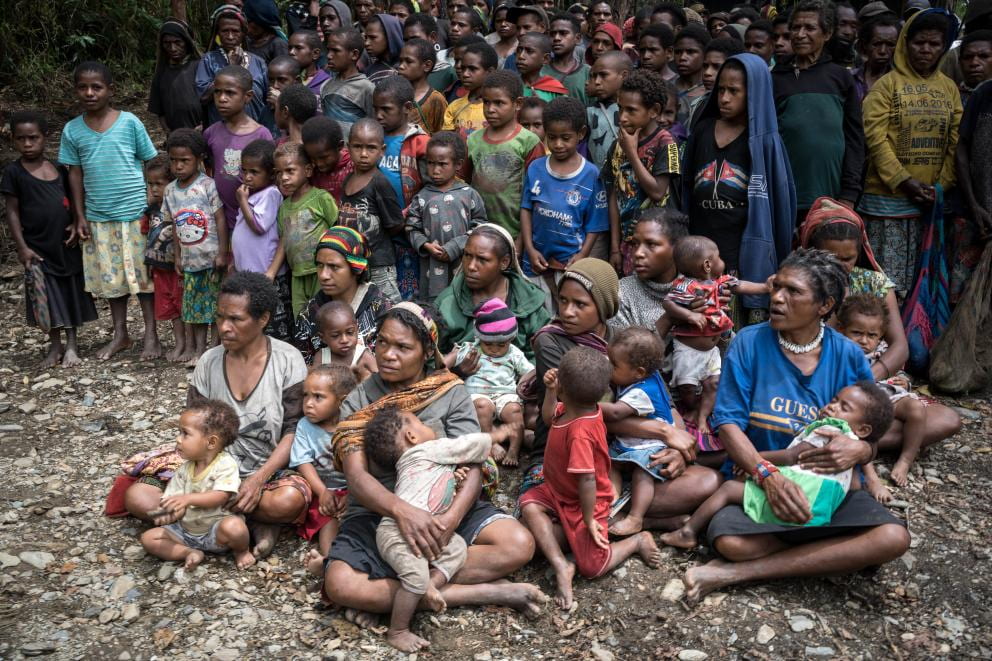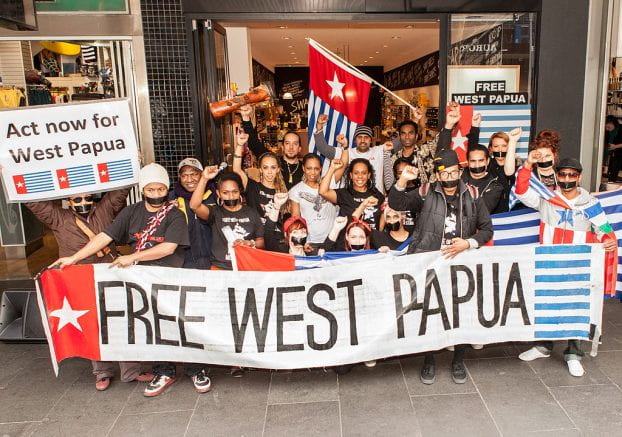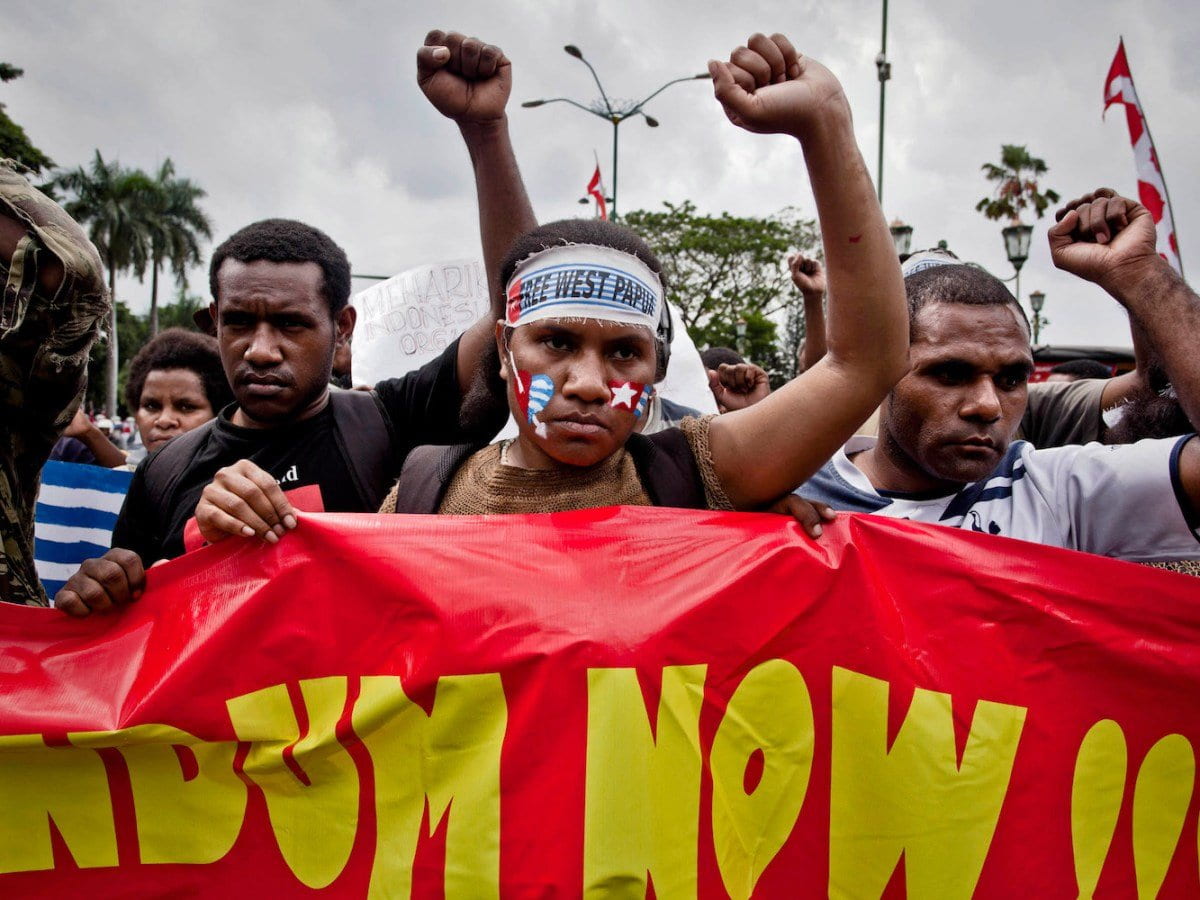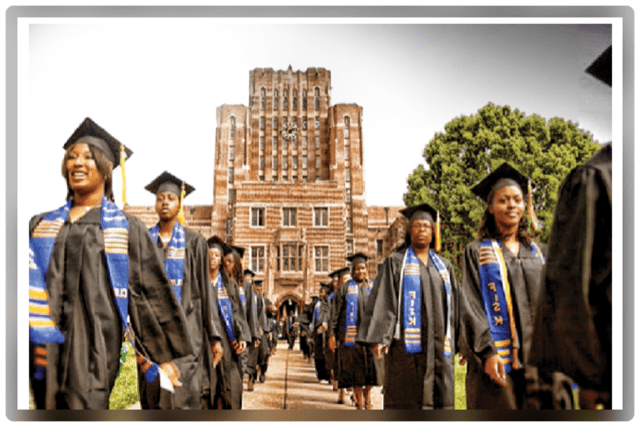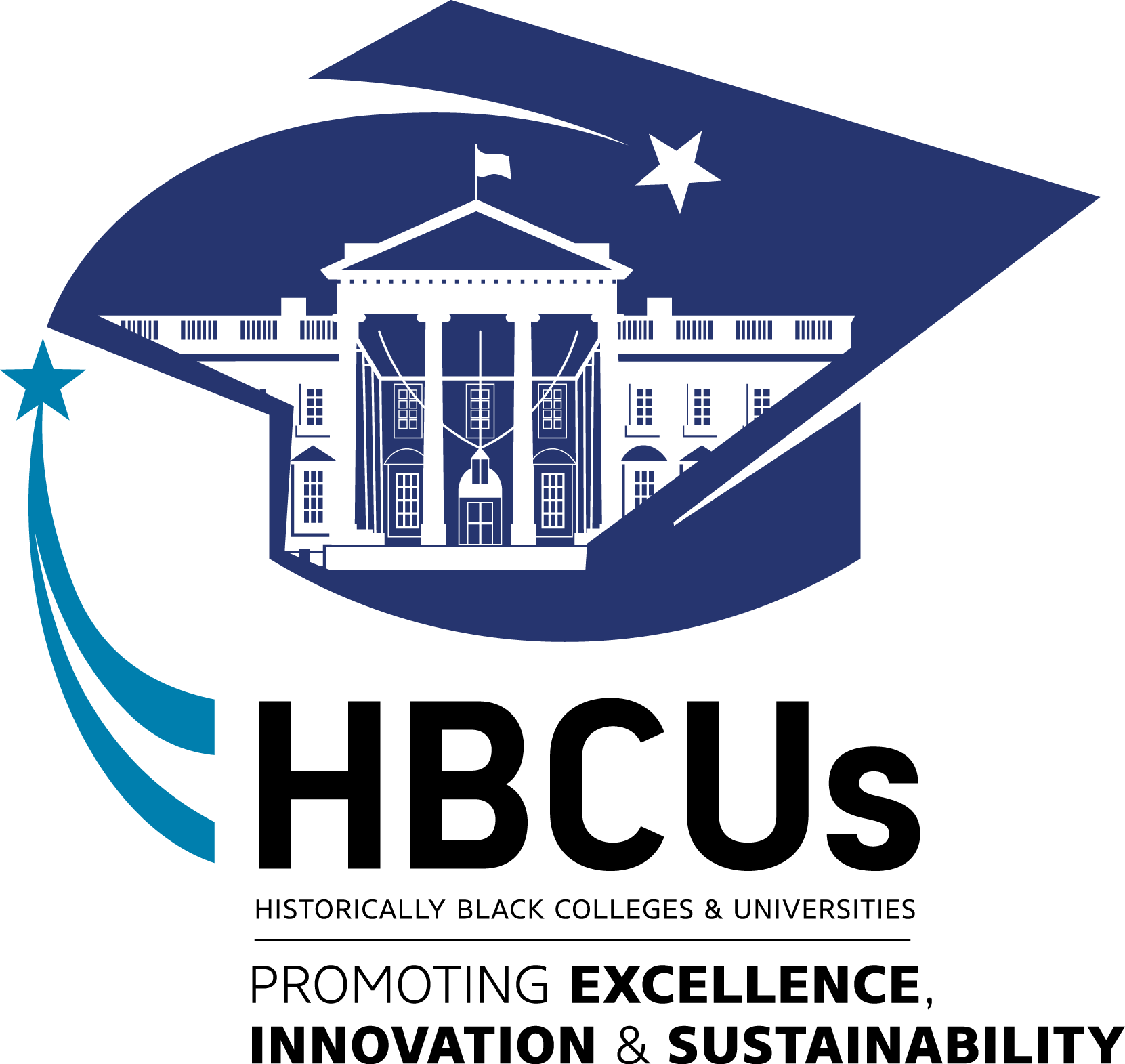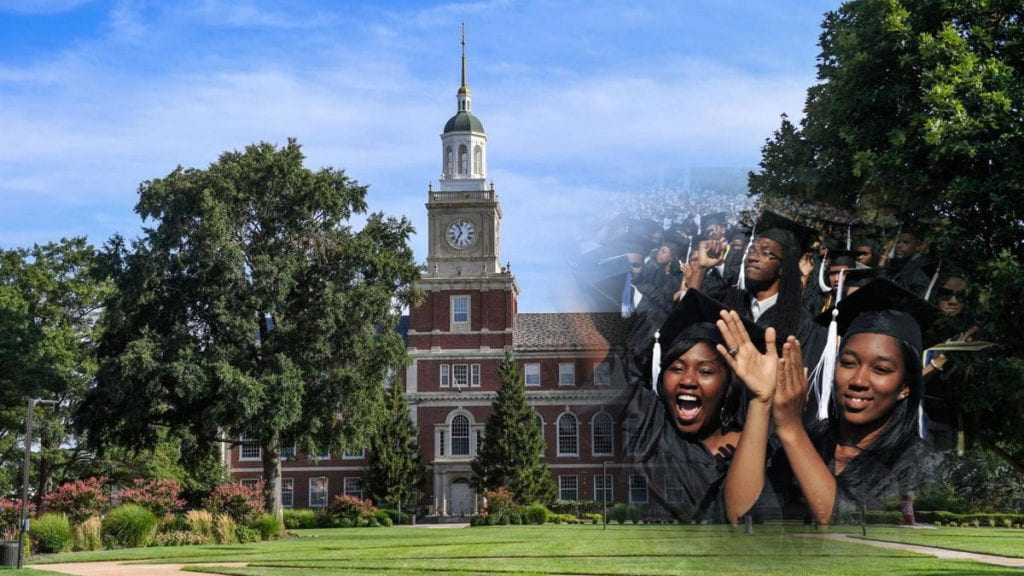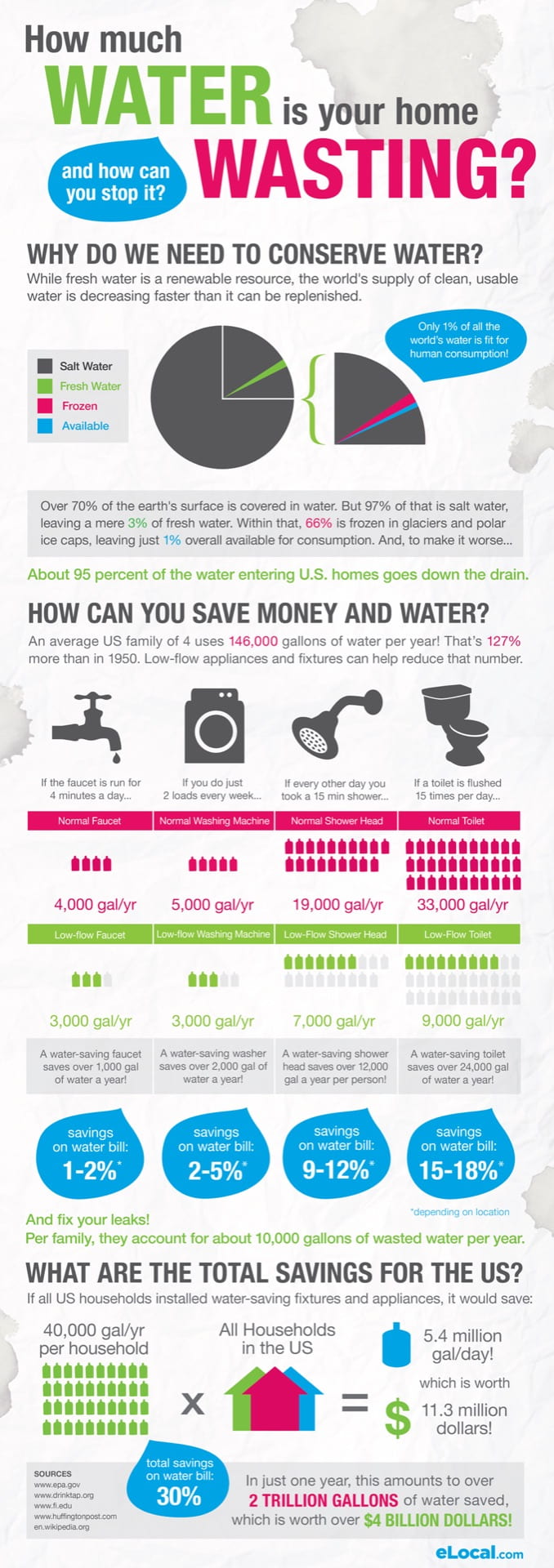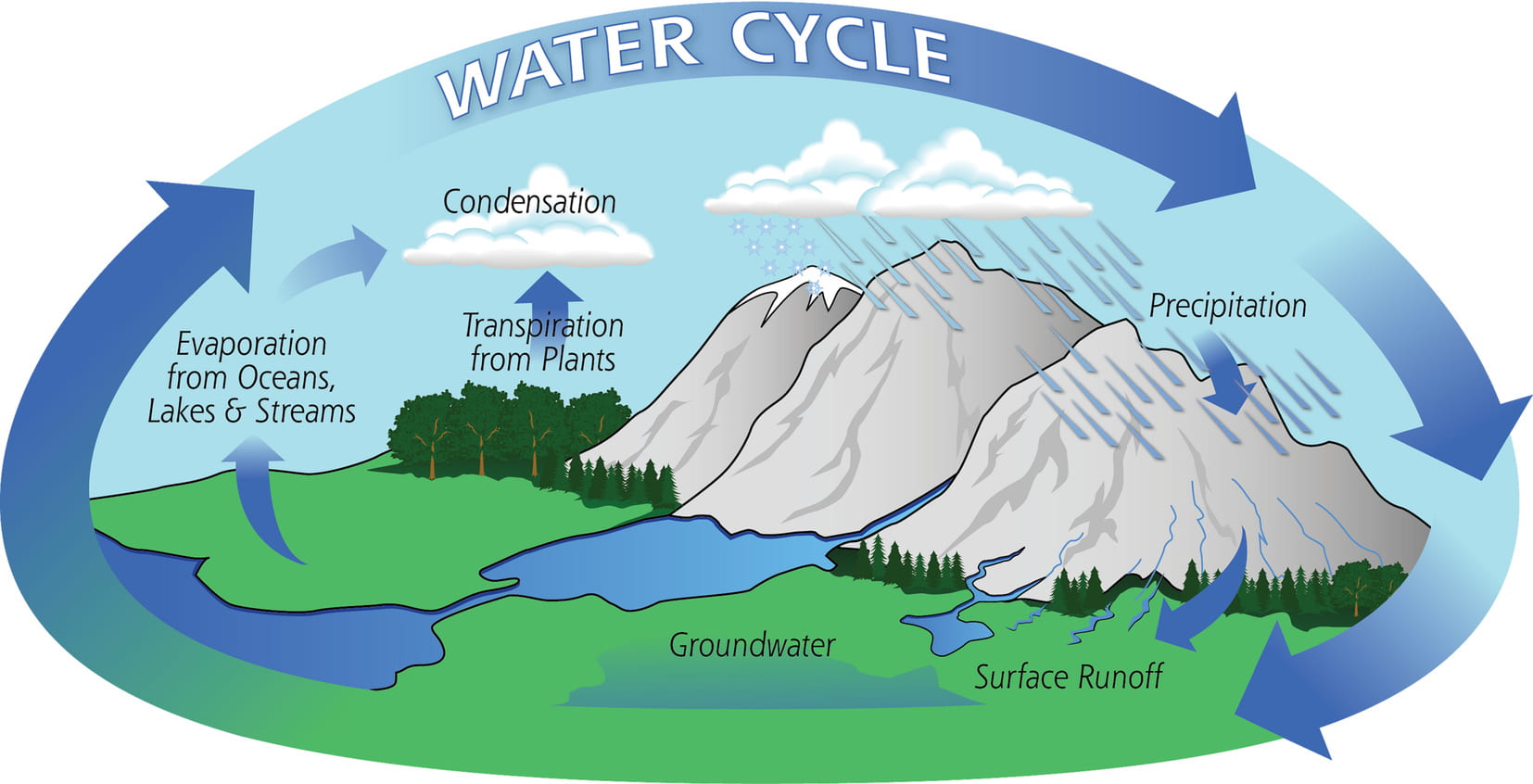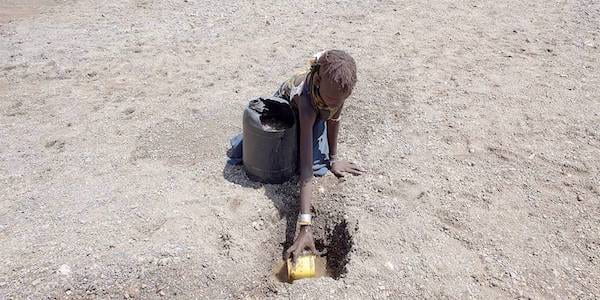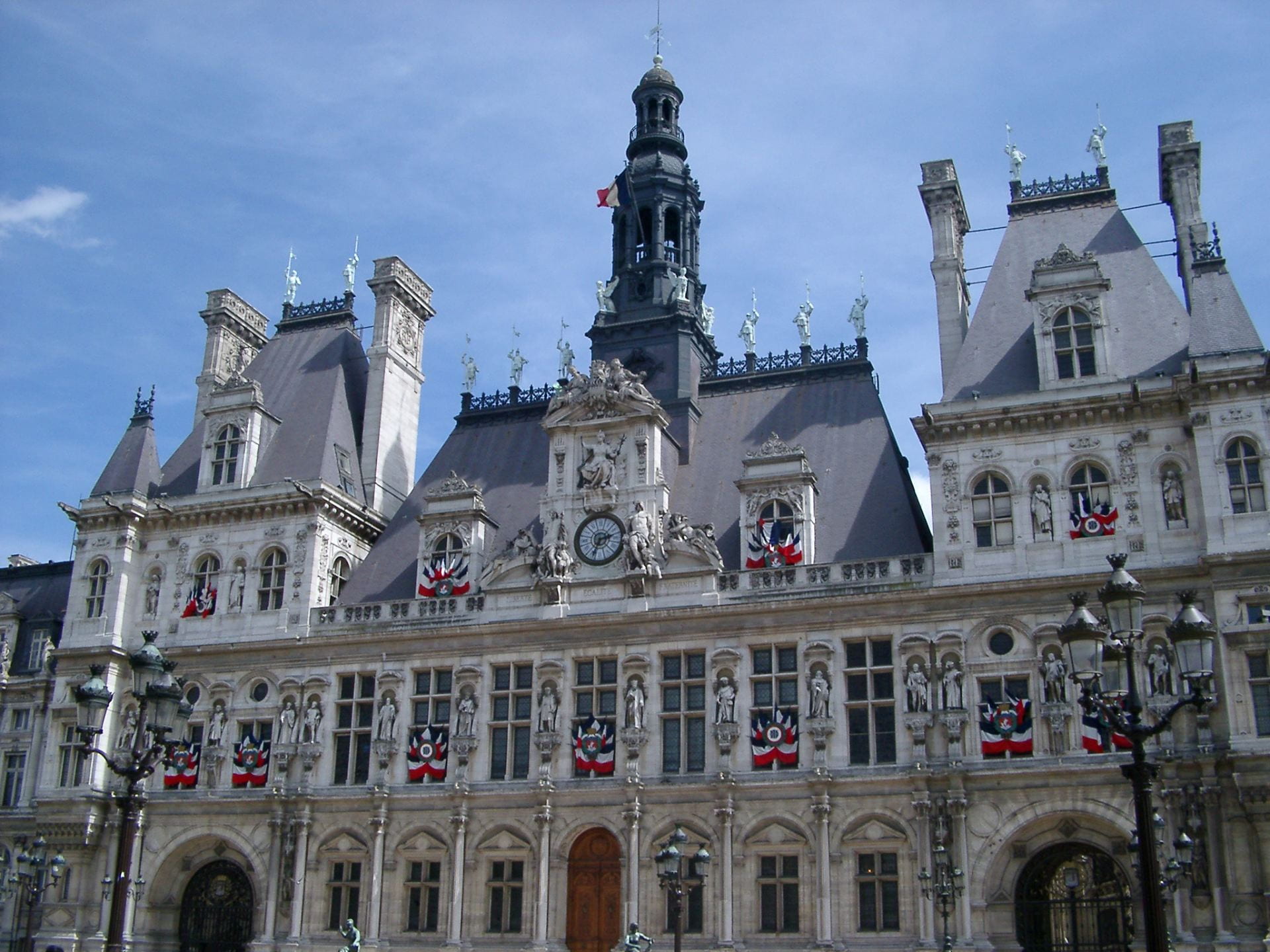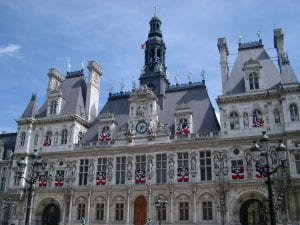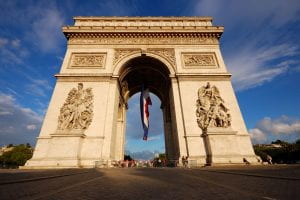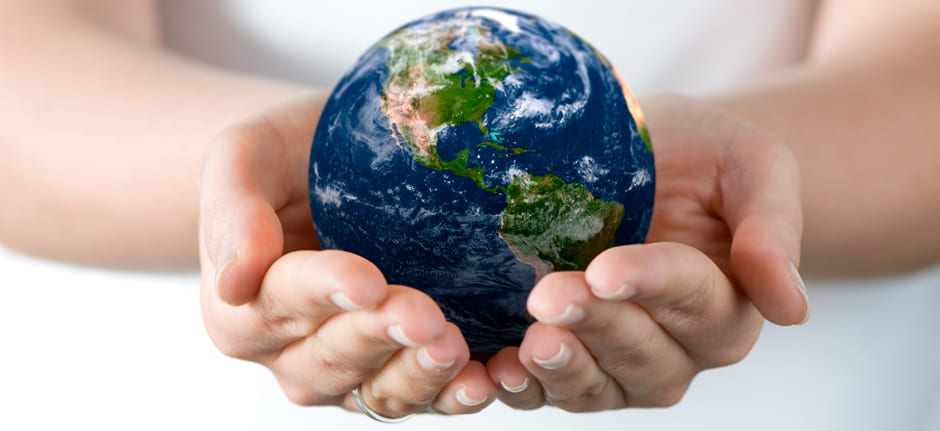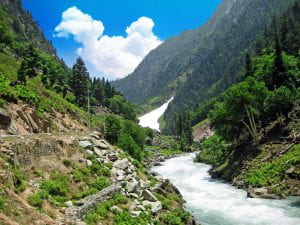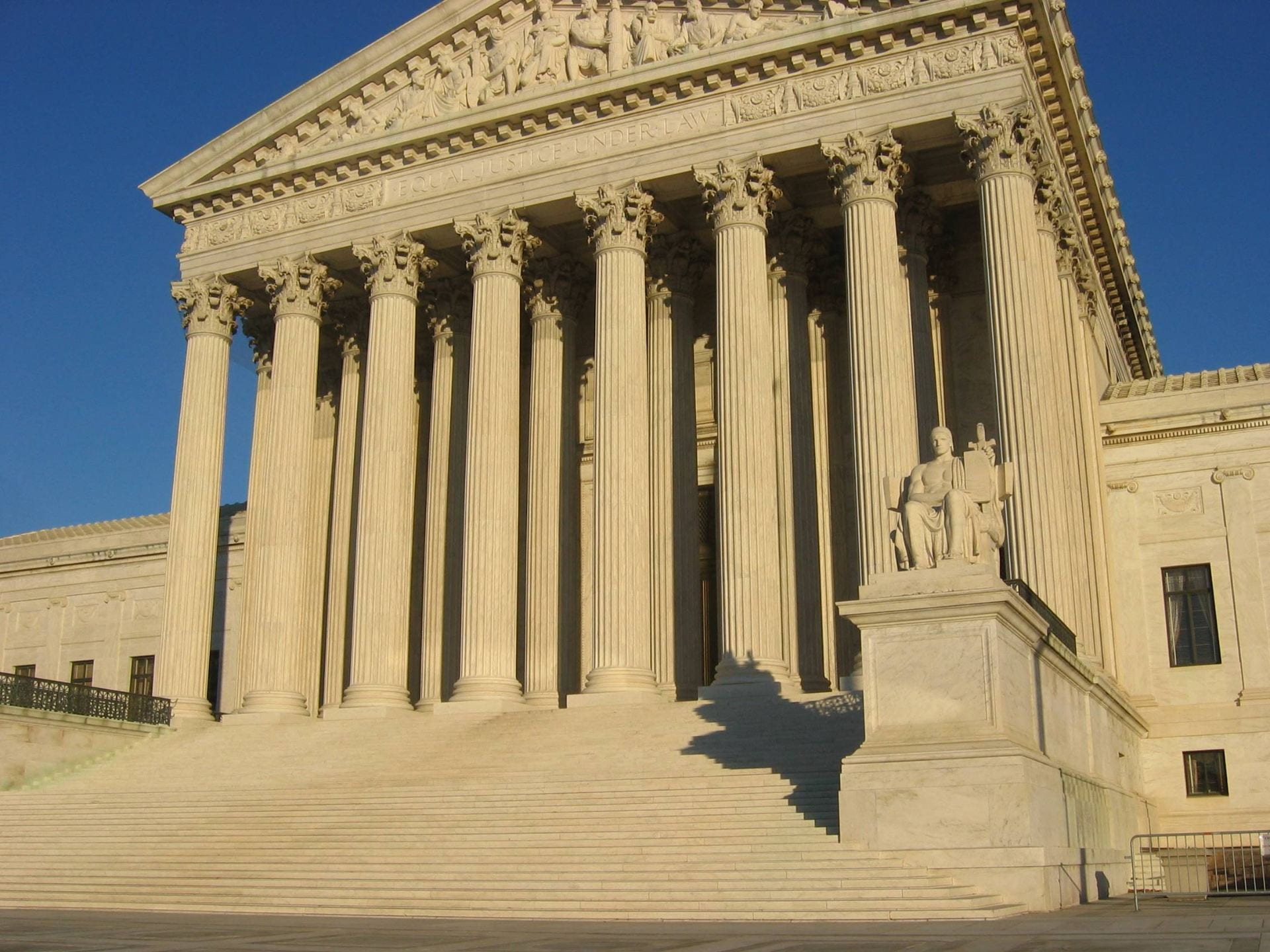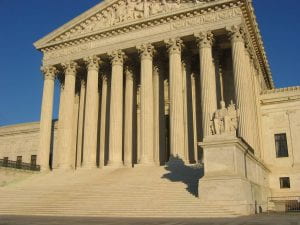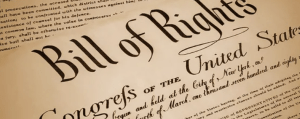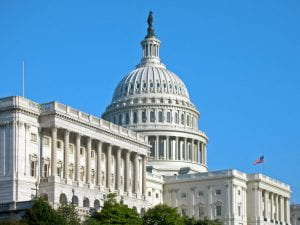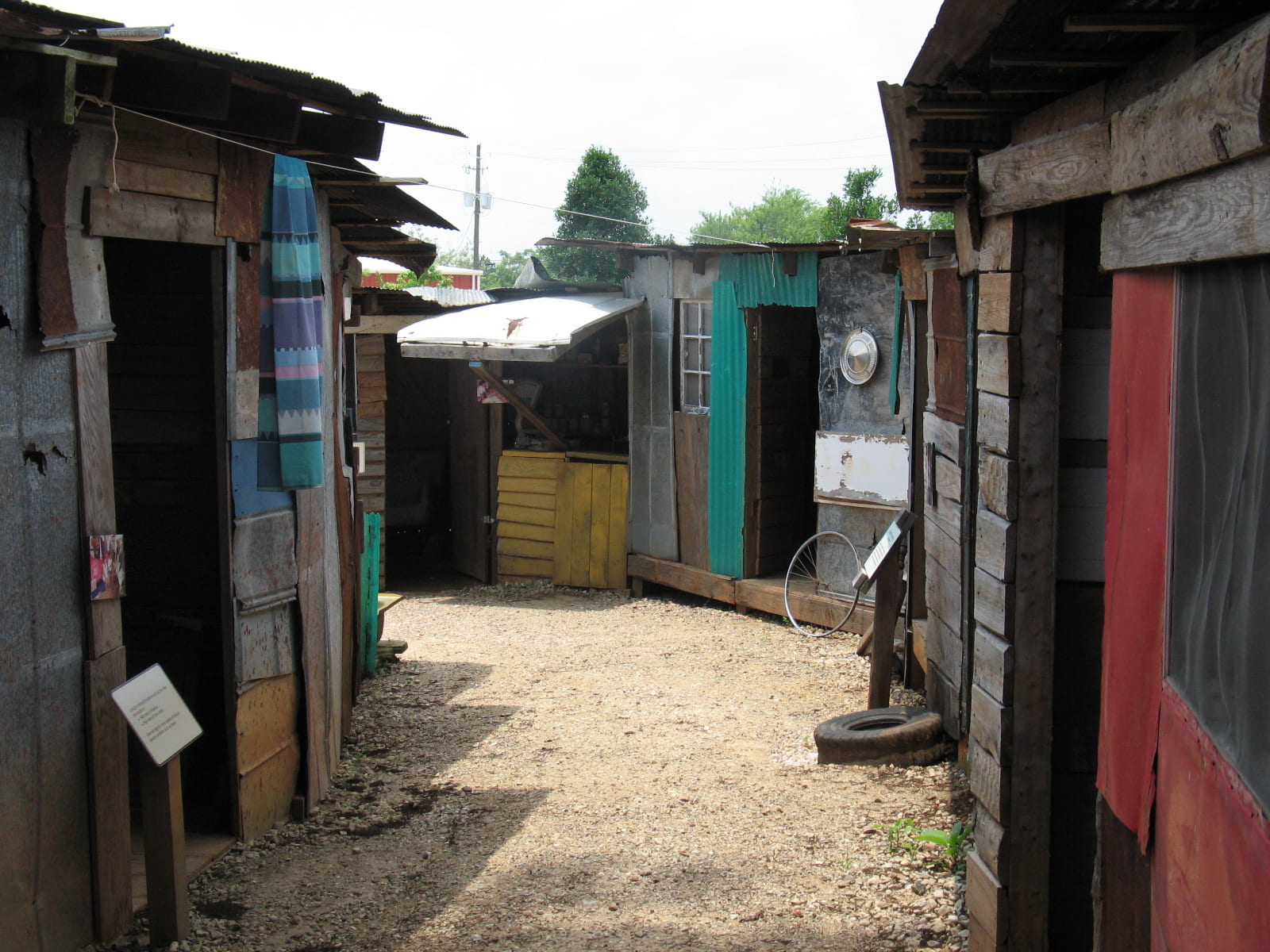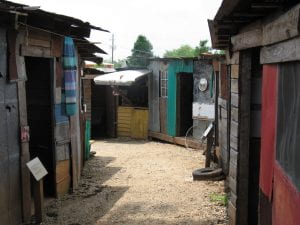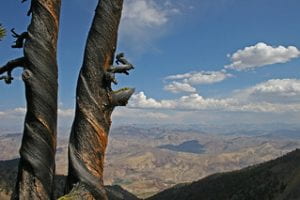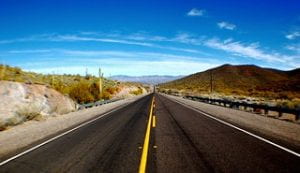Overview
The Austin, Texas-based Tesla Gigafactory is regarded as a pillar of innovation, pushing the boundaries in sustainable production and economic expansion. However, serious human rights issues have emerged behind the news of economic revival and technical advancement. These problems, which range from claims of discrimination and labor exploitation to infractions of workplace safety, expose a concerning aspect of Tesla’s operations. As a leader in renewable energy and technology, Tesla needs to maintain ethical business standards in its establishments, particularly as public scrutiny increases.

Workplace Safety Concerns
Workplace safety is one of the Gigafactory’s most urgent human rights issues. After discovering that four employees at the Austin site had been exposed to dangerous chemicals without the appropriate training or safety precautions, the Occupational Safety and Health Administration (OSHA) penalized Tesla close to $7,000 in November 2024. Hexavalent chromium, an extremely hazardous material that can cause cancer, damage to the kidneys, and serious respiratory problems, was being handled by the workers. OSHA claims that workers in the Cybertruck body area were exposed to significant health hazards because they lacked the necessary training to handle hazardous materials.
Apart from this offense, Tesla is also being investigated for the August 2024 worker death that was recorded at the facility. Even though the incident’s specifics are unknown until OSHA’s investigation is finished, it raises more concerns about the factory’s safety procedures and supervision. This is not an isolated problem for Tesla; the firm has been repeatedly criticized for its record on workplace safety in several locations, which suggests a systemic issue.
Employee reports present a worrisome image. Workers have complained that safety instruction is either hurried or superficial, with little focus on long-term precautions. Some believe that speed and output are given precedence over worker safety due to Tesla’s focus on increasing production for vehicles such as the Cybertruck. This conflict between safety and efficiency draws attention to a crucial area where Tesla’s company operations deviate from ethical standards.
Wage Theft and Exploitation
Widespread criticism has also been directed at labor violations that occurred during the Texas Gigafactory development. A Texas-based nonprofit group called the Workers Defense Project complained to the U.S. Department of Labor in November 2022 on behalf of construction workers employed at the facility. According to the allegations, employees were sometimes not paid at all and were not paid for overtime. Contractors are also accused of giving employees phony safety training certifications, which essentially left them unprepared for the dangers they encountered on the job site.
These labor violations reflect a larger problem with supply chain management at Tesla. Tesla indirectly supports exploitative activities by using subcontractors who compromise workers’ protections. Under the possibility of losing their jobs, construction workers, many of whom are immigrants, said they felt pressured into dangerous working conditions. In addition to breaking labor regulations, such actions also go against fundamental human rights values, which place an emphasis on treating employees fairly and with dignity.
The problem is made worse by the contractors’ lack of responsibility. Employees who tried to report dangerous working conditions or wage fraud frequently faced retaliation or disregard. This cycle of exploitation shows how urgently Tesla must strengthen its oversight of its contractors to guarantee compliance with ethical standards and labor laws.
Environmental Hazards and Worker Safety
Although the Austin Gigafactory’s environmental practices have come under fire, Tesla’s dedication to sustainability is a fundamental component of its brand identity. There were rumors in November 2024 that a broken furnace door had exposed the facility’s employees to temperatures as high as 100 degrees Fahrenheit. According to reports, this problem lasted for months as Model Y manufacturing ramped up, seriously affecting worker comfort and safety.
Additionally, Tesla was accused by a whistleblower of manipulating furnace operations to pass emissions tests. This manipulation prompted wider environmental concerns in addition to putting workers at risk of exposure to dangerous pollutants. Tesla’s public pledge to sustainability and environmental responsibility is compromised when it uses unethical means to satisfy regulatory requirements.
These environmental risks exacerbate an already difficult and, at times, dangerous work environment for employees. Reports of excessive temperatures, chemical fume exposure, and insufficient ventilation reveal a pattern of carelessness that endangers workers. In addition to harming employees, these circumstances damage Tesla’s standing as a leader in environmentally friendly technology.

Allegations of (Potential) Racial Discrimination
Claims of racial discrimination have also sparked criticism of Tesla’s workplace culture. Although its facility in Fremont, California, has received a lot of attention, its challenges are representative of larger issues that could affect its operations in Texas. The U.S. Equal Employment Opportunity Commission (EEOC) sued Tesla in September 2023, claiming that Black workers at the Fremont facility experienced widespread racial harassment. The lawsuit described instances of graffiti, racial epithets, and a toxic workplace where complaints were frequently disregarded. Workers who reported such instances were subject to retribution, which included negative employment changes and terminations.
Even though these claims are specific to Tesla’s California plant, they raise important concerns about the company’s work environment and whether the Texas Gigafactory is engaging in similar activities. According to reports from former workers, Tesla’s leadership has had difficulty addressing concerns of equity and inclusivity within the company. Such claims reveal a stark discrepancy between a company’s internal procedures and public image, which is concerning for a forward-thinking business.
Broader Implications for Human Rights
The human rights violations at Tesla’s Gigafactory in Texas are not isolated events; rather, they are a part of a wider trend of unethical behavior by the business. Communities like Austin have benefited economically from Tesla’s quick growth and innovation-focused approach, but worker safety, ethical labor standards, and environmental responsibility shouldn’t be sacrificed for these advantages.
Furthermore, the significance of Tesla’s actions is increased by its influence. Being one of the most well-known businesses in the world, Tesla sets the standard for how big businesses can balance innovation and morality. Tesla runs the danger of damaging its reputation and alienating both staff and customers if it doesn’t sufficiently address these human rights issues.
Steps Toward Ethical Practices
Tesla must take swift action to change the way it operates and address these concerns. First and foremost, the business needs to make a stronger commitment to workplace safety by putting in place comprehensive training programs and making sure that all workers, whether they are contracted or directly employed, have enough protection. Regular audits are part of this to find and fix safety hazards before they can cause harm.
Labor practices also need to see substantial reform. Tesla needs to hold contractors accountable for wage theft and other violations by implementing stricter oversight mechanisms. Ensuring that workers are paid fairly and on time is not just a legal obligation, but a moral imperative.
Environmental responsibility must be prioritized as well. Tesla’s innovative reputation relies on its commitment to sustainability, and this should extend to its factory operations. Adhering to environmental regulations and maintaining transparency in emissions testing are important steps toward rebuilding trust.
Finally, fostering an inclusive workplace culture is essential for addressing allegations of discrimination. Tesla would benefit from establishing clear channels for employees to report harassment and discrimination without fear of retaliation. Regular training on diversity and inclusion can also help create a more equitable environment for all workers.
Conclusion
These major concerns at Tesla’s Texas Gigafactory are a sobering reminder of the ethical challenges accompanying rapid industrial growth. From workplace safety violations to wage theft and allegations of discrimination, these issues stress the gaps in Tesla’s operations that demand immediate attention. Given its influence, Tesla has a unique opportunity to set an example for ethical corporate practices.
By addressing these concerns head-on, Tesla can ensure that its growth benefits its bottom line and the workers and communities contributing to its success. Ultimately, the true measure of Tesla’s impact will be its technological achievements and its commitment to upholding the fundamental rights and dignity of its workforce.







